 by "ttyymmnn" (ttyymmnn)
by "ttyymmnn" (ttyymmnn)
Published 02/17/2017 at 12:35
 by "ttyymmnn" (ttyymmnn)
by "ttyymmnn" (ttyymmnn)
Published 02/17/2017 at 12:35
Tags: planelopnik history
; planelopnik
STARS: 17
Welcome to This Date in Aviation History , getting you caught up on milestones, important historical events and people in aviation from February 15 through February 17.
!!! UNKNOWN CONTENT TYPE !!!
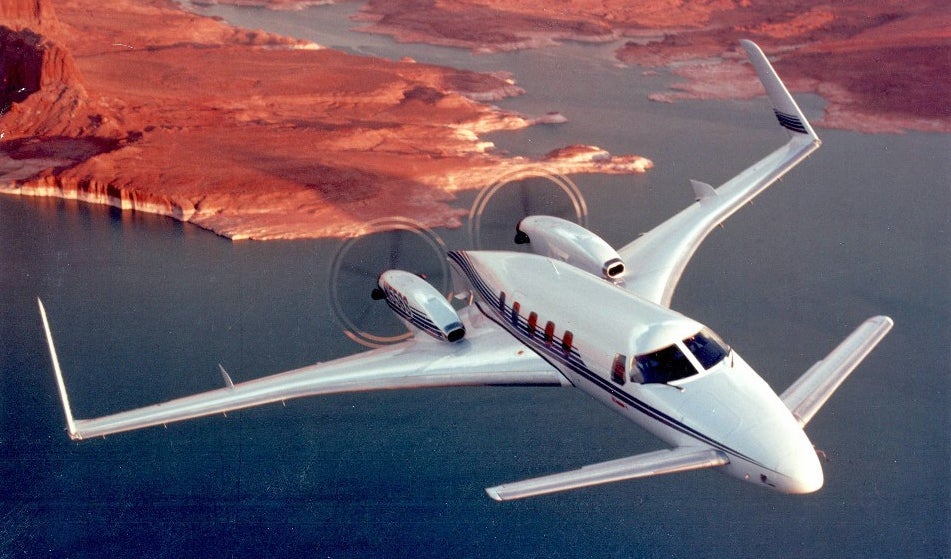
February 15, 1986 – The first flight of the Beechcraft Starship.
What would happen if you owned an aircraft company, spent years developing and producing the most advanced corporate aircraft of its day, only to have nobody buy it? That is essentially what happened to Beechcraft and parent company Raytheon with the Beechcraft Starship, arguably one of the most futuristic-looking civilian aircraft ever built. Development of the Starship began in 1979 as Beechcraft searched for a replacement for its venerable
King Air
line of twin-engine aircraft. Hoping to combine high speed and light weight, they envisioned an aircraft that could carry 10 passengers at up to 400 mph while weighing less than 12,500 pounds. In the process, they also constructed the most advanced private airplane of its time. Built largely of composites, the Starship would be the first business aircraft to have a pressurized passenger compartment built of carbon fiber, and also be the first with a
glass cockpit
. Developed from a design refined by aviation visionary
Burt Rutan
, the Starship featured a wing placed at the rear of the fuselage and a smaller
canard
at the front, making it the first civilian aircraft to use this configuration. Power came from a pair of
Pratt & Whitney Canada PT6
turboprops mounted on top of the wing in a pusher configuration. After Rutan produced a 85% scale proof of concept aircraft, development of the full sized aircraft began, but major difficulties quickly ensued. Beechcraft had never worked with composites on such a scale, and the first system for fabricating the parts had to be abandoned for a simpler process that ended up adding weight to the aircraft, which caused the loss of two seats. The added weight also meant that more powerful engines had to be substituted that were not as fuel-efficient as the ones originally intended. Manufacture of various elements of the aircraft were spread around the country, leading to numerous delays in construction, often months at a time. And, as the aircraft ballooned in weight, it also ballooned in price. Initially, the Starship was to sell for $2.7 million dollars. But once it hit the showroom floor, the cost had almost doubled to $5 million dollars, about the same cost as a private jet. And once the finished planes were delivered, they were plagued by reliability problems that proved difficult to quash or expensive to repair. Following the FAA certification of the Starship, Beechcraft sold only 11 aircraft in the first 7 years of sales. The last of only 53 aircraft rolled off the production line in 1995, and in 2003, Beechcraft started buying up all available aircraft and destroying them, as the cost to keep them in the air had become prohibitive. As of 2010, only 9 Starships remained registered as active with the FAA. Evergreen Air, who was overseeing the destruction of the aircraft, sold 24 for only $50,000 each, and most of those were being used for parts, though one was returned to flying status.
(Photo author unknown via
rps3.com
)
!!! UNKNOWN CONTENT TYPE !!!

February 15, 1946 – The first flight of the Douglas DC-6. WWII witnessed unprecedented advances in aviation technology, and while the needs of military aviation placed the world on the cusp of the jet age, there was still more work to be wrung out of the venerable piston engine. Many of the large propeller aircraft that survived the war began their life as military aircraft, and for many years, the US Army relied on the Douglas C-54 Skymaster , the military version of the Douglas DC-4 . First flying in 1942, the C-54 served throughout WWII and beyond, but by late in the war, the Army needed a larger strategic airlifter and passenger plane, and more imporatantly, something pressurized, as none of the civilian DC-4s or C-54s had pressurized hulls. In 1944, the Army commissioned the DC-6 as the XC-112, a longer, pressurized version of the DC-4, and replaced the Pratt & Whitney R-2000 radial engines of the C-54 with more powerful Pratt & Whitney R-2800 Double Wasp radials. These engines were capable of 2,400 hp each with water injection, and could pull the C-54 at speeds of 315 mph with a range of about 4,000 miles. However, by the time the XC-112 took its maiden flight in 1946, the war had ended and the US Army Air Forces rescinded their wartime contract. While the loss of the wartime contract came as a blow to Douglas, they now had a brand new, pressurized airliner they could market to the world. Douglas undertook the task of converting the XC-112 to civilian specifications, and the civilian DC-6 took its maiden flight on June 29, 1946, with deliveries to American Airlines and United Airlines taking place five months later. The new airliner was not without teething troubles, and the type suffered a series of in-flight fires, one of which led to the crash of United Airlines Flight 608 and the loss of 52 passengers and crew. The crash led to the grounding of the entire DC-6 fleet in 1947. The fault was traced to a fuel vent next to the cabin cooling turbine intake and, once the problem was solved, the airliner returned to service four months later. By 1949, the DC-6 was flying all over the world, with United Airlines providing service to Hawaii, and other carriers making flights to and from Europe and South America. Upgrades to the engines provided more power, and the DC-6B was enlarged to accommodate up to 89 passengers. With America’s entry into the Korean War, the Air Force found that they still needed large transports, and they adopted the DC-6 as the C-118 Liftmaster, buying 100 from Douglas. The US Navy purchased 65, where it was designated the R6D until 1962 , when a uniform aircraft designation system was adopted by the US military. The Air Force also modified one DC-6 into the VC-118, a presidential transport with 25 seats and 12 beds. A VC-118, named Independence , served as President Harry S. Truman’s personal aircraft until he left office in 1953, and another served President John F. Kennedy until 1962. With the addition of a rear cargo door, the DC-6 became a popular civilian freighter, and some still serve in this role today, mostly in bush operations in Alaska and Canada, where their rugged construction make them ideal for operations from unimproved airfields. One notable flying DC-6 is owned by Red Bull energy drink mogul Dietrich Mateschitz, and the last DC-6 to come off the production line and the last in the world to still carry passengers, remains in use with Namibia Commercial Aviation. (Photo via Wikimedia Commons )
!!! UNKNOWN CONTENT TYPE !!!

February 15, 1932 – The first flight of the Martin B-10.
The
Glenn L. Martin Company
traces its history back to 1912, when founder
Glenn Luther Martin
started building military training aircraft in Santa Ana, California, and later, during WWI, building bombers for the US Army. This began an affinity for the construction of large aircraft that would continue throughout the inter-war years and through WWII, where Martin’s company produced the
B-26 Marauder
for the US Army Air Forces, the Martin Maryland for the French and British, as well as large flying boats for the US Navy. But one of his earliest successes was with the revolutionary B-10 bomber, a highly advanced aircraft for the time. With its all-metal construction, enclosed cockpits and rotating gun turrets, the B-10 would serve as the template for all future bomber design. But it didn’t start out that way. Development of the B-10 began as the Model 123, a private venture of the Martin Company, featuring a large, two-engine airplane with open cockpits, an internal bomb bay and retractable landing gear. Upon delivery to the Army, the aircraft became the XB-907 and, after favorable testing, the Army returned the aircraft to Martin for improvements. The redesigned bomber, now dubbed the XB-10, would be the first all-metal monoplane bomber flown by the Army. Improvements made in the XB-10 included full
NACA cowlings
on the engines that replaced the
Townend rings
of the Model 123, more powerful engines, an increased wingspan, and an enclosed nose turret. Already, speeds were approaching 200 mph. Still more changes followed, including canopies for all crew members, upgraded engines, and the reduction of the crew from four to three. The Army now had a truly modern bomber on their hands, one that could even outrun contemporary Army pursuit planes, and, once the B-10 became operational, it rendered all other bombers obsolete. The B-10 entered service with the Army in 1934, and was soon flying with bomber groups in the US, the Panama Canal Zone and in the Philippines. For coastal patrol duties, a number of B-10s were outfitted with floats for water operation. Once the orders were filled for the US Army, Martin was free to export their bomber, and B-10s were sold to Argentina, China, the Philippines, Russia, Siam and Turkey. The Netherlands purchased 121 bombers. Despite its groundbreaking design, rapid developments in aircraft design soon outpaced the B-10, and by the start of WWII it was already obsolete. Martin attempted to update the B-10 to compete in a 1934 US Army Air Corps competition for a new long-range bomber, but the B-10 lost the competition to the
Boeing B-17 Flying Fortress
and
Douglas B-18 Bolo
, which was actually inferior to the older B-10, and its service days were over. Only a single surviving B-10 exists today, an aircraft that had originally been exported to Argentina in 1938. The aircraft was donated to the US by Argentina in 1970, and is on display at the National Museum of the United States Air Force.
(US Air Force photo)
!!! UNKNOWN CONTENT TYPE !!!
!!! UNKNOWN CONTENT TYPE !!!
!!! UNKNOWN CONTENT TYPE !!!
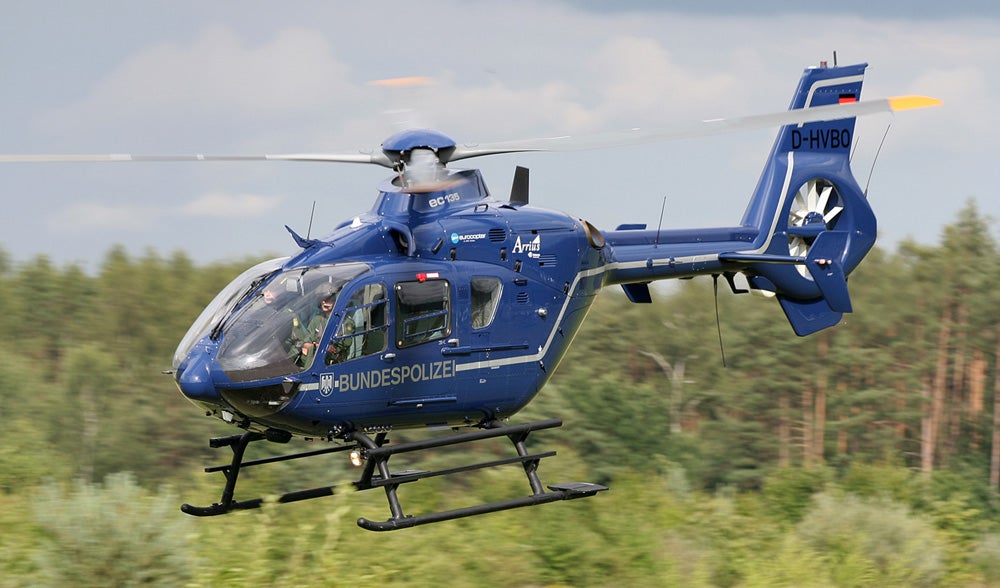
February 15, 1994 – The first flight of the Eurocopter EC135, a twin-turboshaft civilian helicopter designed by Eurocopter (now Airbus Helicopters ) fitted with digital flight controls and certified for instrument flight rules (IFR) operation. Development of the EC135 began in the 1970s with the Mo 108 by Messerschmitt-Bölkow-Blohm (MBB) in partnership with Aérospatiale prior to the creation of Eurocopter, and entered eventually entered service in 1996 with the Deutsche Rettungsflugwacht (air rescue service). Widely exported, the EC135 was responsible for roughly 25% of all emergency medical flights around the world in 2013. More than 1,220 have been produced, and the EC135 has also been developed into a multipurpose military helicopter as the Eurocopter EC635. (Photo by Von Tachter via Wikimedia Commons )
!!! UNKNOWN CONTENT TYPE !!!
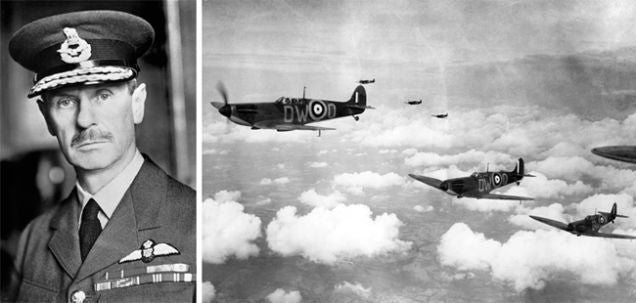
February 15, 1970 – The death of RAF Air Chief Marshal Sir Hugh Dowding.
During the
Battle of Britain
, Dowding headed the
RAF Fighter Command
, playing a vital role in the defense of the British homeland as the Luftwaffe attempted to destroy the RAF ahead of a planned German
invasion of England
. In addition to directing defensive fighters against German bombers, Dowding helped develop the world’s first comprehensive air defense system, incorporating
Chain Home
radar stations,
Royal Observer Corps
ground observation posts, telecommunications to coordinate defenses, and information processing to handle reports of incoming bombers. Dowding stepped down from his position on November 24, 1940, largely over his unwillingness to adopt the
Big Wing
system of defense over his own system.
(Dowding photo via UK Government, Spitfire photo via
RAF Musuem
)
!!! UNKNOWN CONTENT TYPE !!!
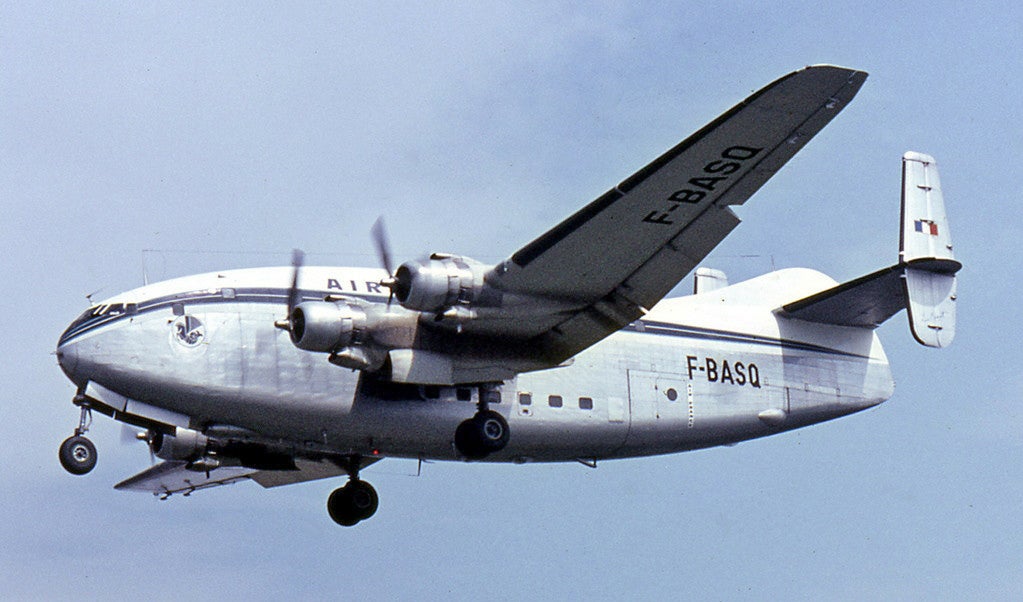
February 15, 1949 – The first flight of the Breguet Deux-Ponts , a double-deck transport aircraft built by Breguet Aviation of France after WWII ( Deux-Ponts means double-deck , but that was only the nickname of the aircraft, and not its official designation). Designated the 761, 763 or 765 depending on the engines that were fitted, the Deux-Ponts normally accommodated 59 passengers on the upper deck and 48 on the lower deck, though it was capable of carrying 135 passengers in a high density configuration. A total of 20 were built, but the arrival of the Sud Aviation Caravelle jetliner in 1959 rendered the Deux-Ponts obsolete, though it was not fully retired until 1971. (Photo by Ralf Manteufel via Wikimedia Commons )
!!! UNKNOWN CONTENT TYPE !!!
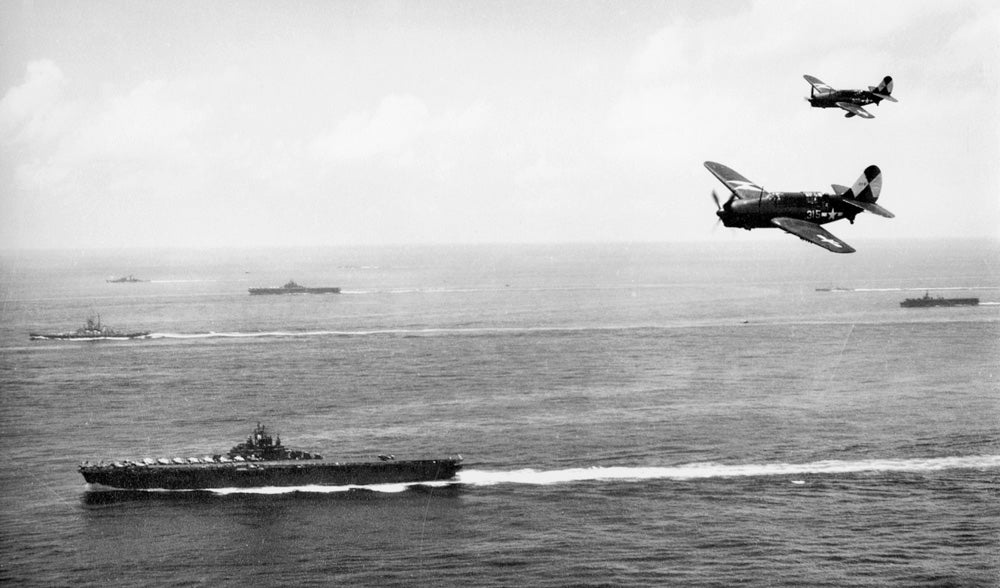
February 16-17, 1945 – US Navy Task Force 58 conducts the first carrier-based bombing of Japan since the Doolittle Raid of 1942. From January 1944 through the end of the Pacific War in August 1945, Task Force 58 was the main strike force of the US Navy in operations against the Japanese. Flying 2,761 sorties, aircraft from eleven fleet aircraft carriers and five light aircraft carriers attacked targets in the Japanese capital city of Tokyo and in Tokyo Bay, shooting down 341 Japanese planes and destroying a further 190 on the ground. Several ships were sunk in the bay, and the aircraft also damaged a aircraft and aircraft engine factory. The US lost 60 aircraft in combat, plus a further 28 to non-combat causes. (US Navy photo)
!!! UNKNOWN CONTENT TYPE !!!
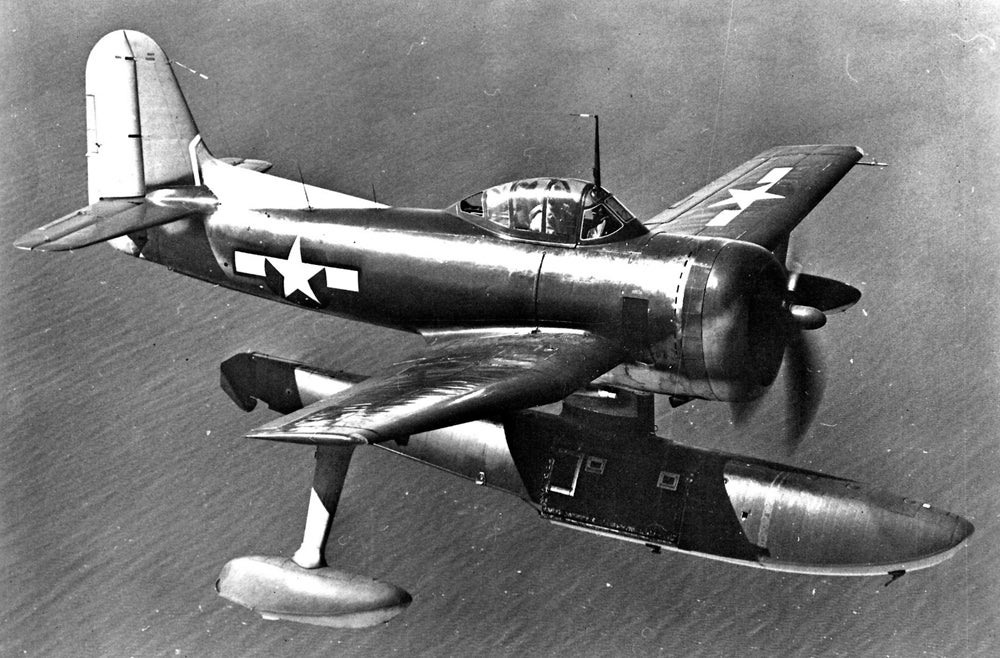
February 16, 1944 – The first flight of the Curtiss SC Seahawk, a scout seaplane developed by Curtiss to replace the Curtiss SO3C Seamew and the Vought OS2U Kingfisher . The planes were armed with two .50 caliber machine guns with hardpoints for bombs, and accommodation was made for a single stretcher to be carried behind the single pilot. Even before the prototypes took their maiden flight, the US Navy ordered 500 aircraft. They were delivered to overseas units with regular landing gear, then had the floats fitted in the field. The Seahawk’s long development meant that it didn’t enter service until 1944, and didn’t see action until June 1945, just two months before the end of the war. The Seahawk was quickly replaced by helicopter scouts, and no examples remain today. (US Navy photo)
!!! UNKNOWN CONTENT TYPE !!!
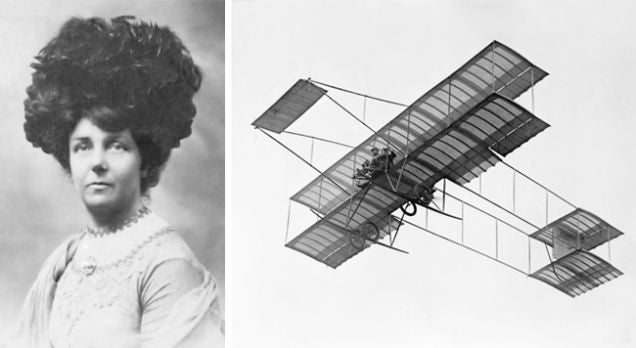
February 17, 1864 – The birth of Hilda Beatrice Hewlett, who, in 1911, became the first British woman to earn a pilot license. After attending her first aviation meeting at Blackpool in 1909, Hewlett adopted the pseudonym “Grace Bird” and began studying aeronautics, later opening a flying school at the Brooklands racing circuit with business partner Gustav Blondeau . Among her pupils was Thomas Sopwith , founder of the Sopwith Aviation Company . Hewlett also taught her son to fly, and he went on to a distinguished career in the military, earning the Distinguished Service Order in 1915. The company she formed with Blondeau began building Farman, Caudron and Hanriot aircraft, eventually producing more than 800 aircraft and employing 700 workers. Hewlett died in 1943.
!!! UNKNOWN CONTENT TYPE !!!
!!! UNKNOWN CONTENT TYPE !!!
!!! UNKNOWN CONTENT TYPE !!!
!!! UNKNOWN CONTENT TYPE !!!
!!! UNKNOWN CONTENT TYPE !!!
!!! UNKNOWN CONTENT TYPE !!!
!!! UNKNOWN CONTENT TYPE !!!
If you enjoy these Aviation History posts, please let me know in the comments. And if you missed any of the past articles, you can find them all at Planelopnik History . You can also find more stories about aviation and aviators at Wingspan .
!!! UNKNOWN CONTENT TYPE !!!
 "Ash78, voting early and often" (ash78)
"Ash78, voting early and often" (ash78)
02/17/2017 at 12:42, STARS: 1

The Starship was awesome, but saying that was forbidden in my house, as our financial success was tied to the less groundbreaking, much cheaper, and equally capable competition above. It was always a treat to fly in a fast turboprop and look DOWN at full-sized airliners.
 "MonkeePuzzle" (monkeypuzzle)
"MonkeePuzzle" (monkeypuzzle)
02/17/2017 at 12:49, STARS: 2
cool. I was intrigued to see how it opened, I expected a drop down rear. was not disappointed to find it was not that
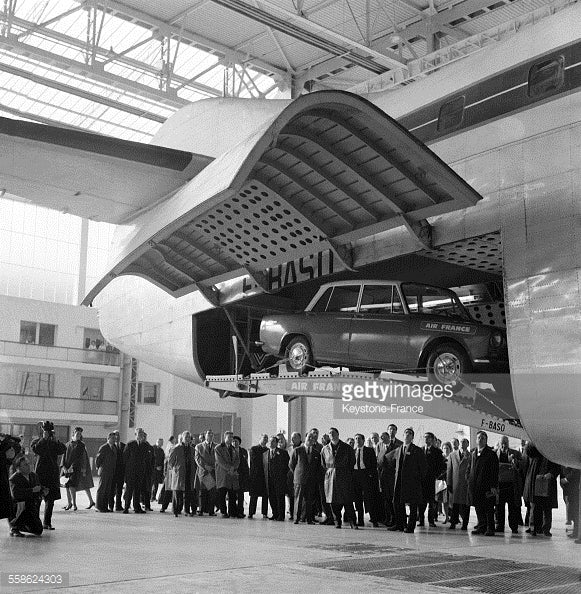
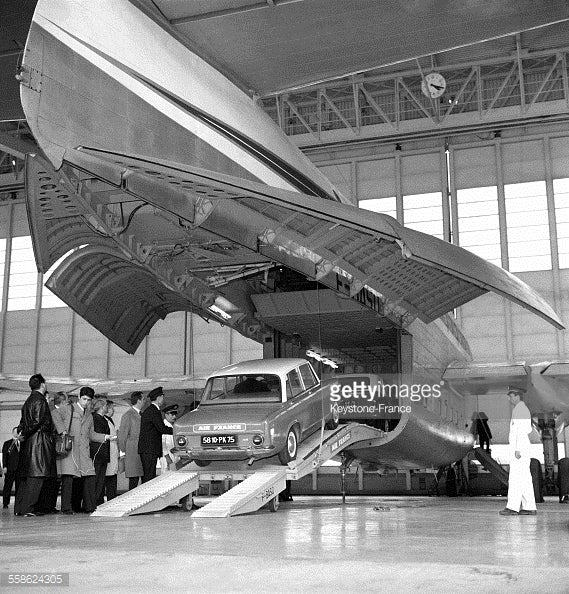
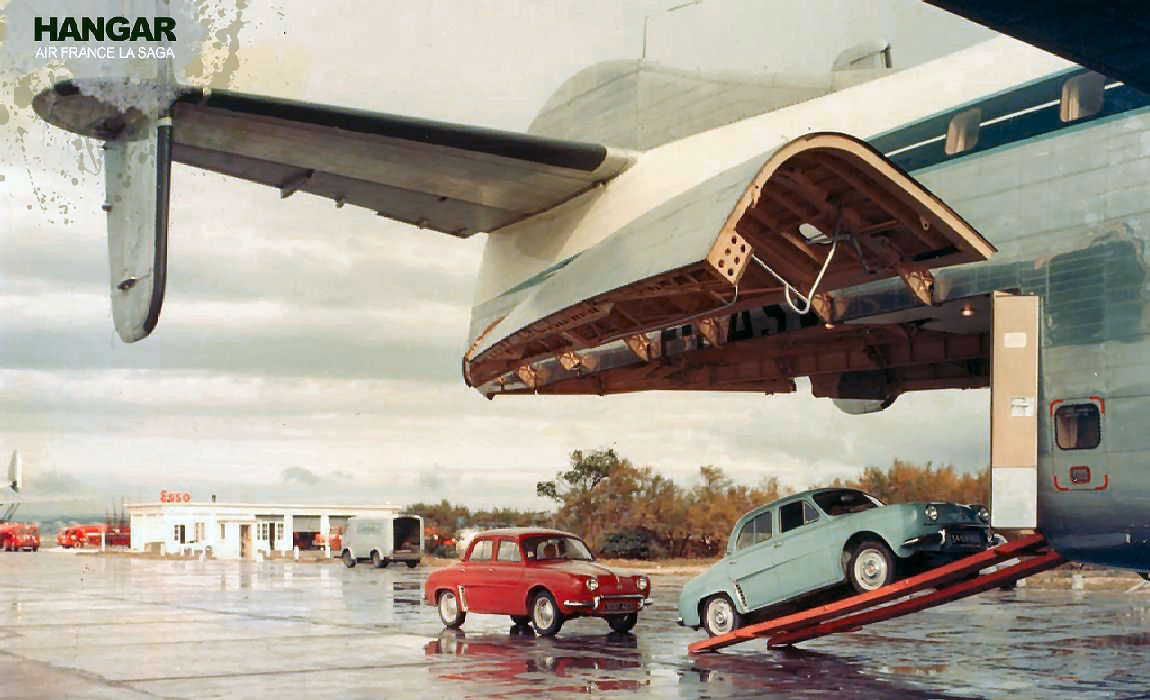

 "MonkeePuzzle" (monkeypuzzle)
"MonkeePuzzle" (monkeypuzzle)
02/17/2017 at 12:49, STARS: 2
weirdo cockpits
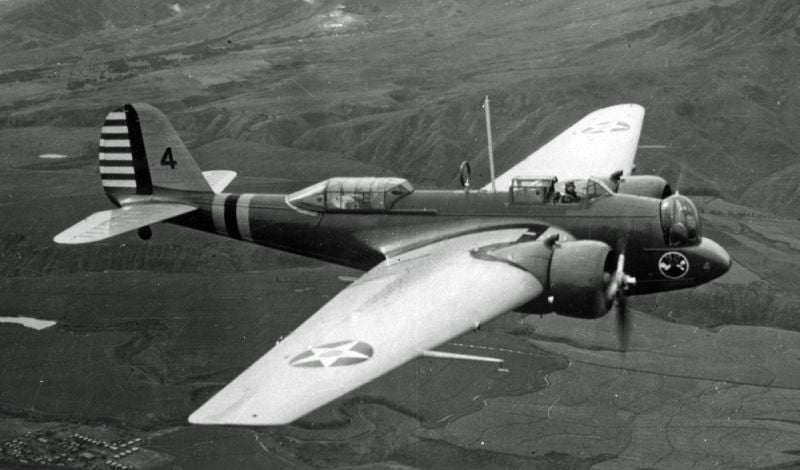
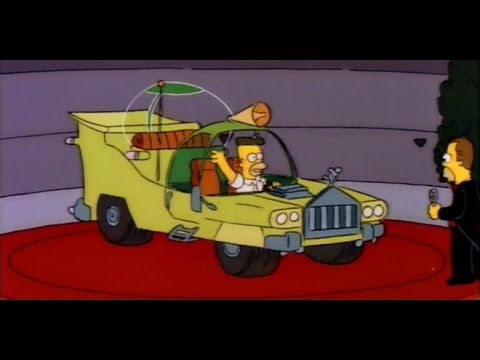
 "ttyymmnn" (ttyymmnn)
"ttyymmnn" (ttyymmnn)
02/17/2017 at 12:55, STARS: 3

Take a look at what Boeing was building at the same time. This is the YB-9, and it never entered production. It lost out to the B-10. Even in 1930, they were still going with open cockpits, but you get the sense that the canopies on the B-10 look that way because they were essentially putting a greenhouse over top of what used to be an open cockpit.
 "ttyymmnn" (ttyymmnn)
"ttyymmnn" (ttyymmnn)
02/17/2017 at 12:56, STARS: 0
Fantastic photos. I never delved into that aspect of the design. Thanks for posting.
 "RallyWrench" (rndlitebmw)
"RallyWrench" (rndlitebmw)
02/17/2017 at 13:15, STARS: 2
Great as always. One of my guys here described a “weird” twin engine pusher aircraft with canards taking off from our local field a few weeks ago, and at first I was thinking “no effing way it was a Starship!!” but I was hopeful. I then went down a rabbit hole of reading about them and the remaining airworthy ones and the guys almost singlehandedly responsible for the remaining parts stashes. I guess one of them is working on a new avionics package to keep them in the sky, which is pretty cool. Then I figured out he’d seen a Piaggio P180.
 "ttyymmnn" (ttyymmnn)
"ttyymmnn" (ttyymmnn)
02/17/2017 at 13:18, STARS: 1
I can’t decide what to think about the Piaggio, whether it’s sleek and futuristic or just ugly. They’re also noise as hell. I am beginning to see (and hear) more of them, though.
 "RallyWrench" (rndlitebmw)
"RallyWrench" (rndlitebmw)
02/17/2017 at 13:32, STARS: 0
I think the straight wings and canards rather ruin the look, from the front it just looks like a catfish. I did hear the thing take off overhead though as my tech saw it, definitely no shortage of noise. Good things the engines are behind the rich-ass passengers.
 "ttyymmnn" (ttyymmnn)
"ttyymmnn" (ttyymmnn)
02/17/2017 at 13:35, STARS: 1
I think it was Jayhawk Jake, one of our resident aero engineers, who said that the distinct noise of the Piaggio, and pushers like it, is because the props are turning through the turbulent air behind the wing.
 "WilliamsSW" (williamssw)
"WilliamsSW" (williamssw)
02/17/2017 at 16:14, STARS: 1
Years ago (~2000?) I saw a Starship at KPWK. It was very loud, too - - and the noise from a twin turbo prop pusher isn’t a pleasant one, either. Very buzzy - - but a beautiful aircraft, nonetheless.
 "RallyWrench" (rndlitebmw)
"RallyWrench" (rndlitebmw)
02/17/2017 at 16:15, STARS: 1
That makes sense, not exactly undisturbed flow.
 "TheRealBicycleBuck" (therealbicyclebuck)
"TheRealBicycleBuck" (therealbicyclebuck)
02/18/2017 at 08:54, STARS: 1
The starship was such a futuristic looking aircraft. Such a shame that the technology just wasn’t ready for the design.
One of my favorite ship models had launch rails for seaplanes with a center float. I’d love to watch one get launched! http://www.pacificaviationmuseum.org/pearl-harbor-blog/u-s-scoutobservation-floatplanes-in-world-war-ii/
 "ttyymmnn" (ttyymmnn)
"ttyymmnn" (ttyymmnn)
02/18/2017 at 10:02, STARS: 1
I was wondering what it might cost to build a Starship today.
 "TheRealBicycleBuck" (therealbicyclebuck)
"TheRealBicycleBuck" (therealbicyclebuck)
02/18/2017 at 11:53, STARS: 1
Carbon fiber fabrication techniques have certainly improved since then. Consumer technology has also driven tablet design, making the glass cockpit much easier and cheaper to implement.